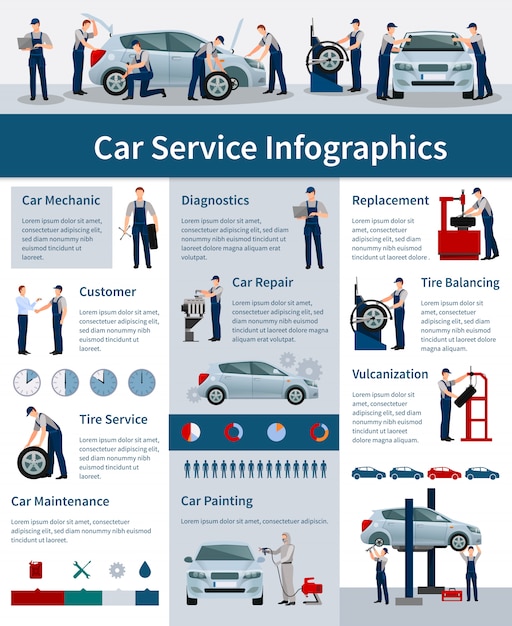Evaluating Your Automobile'S Warning Indicators: What They Actually Share
Evaluating Your Automobile'S Warning Indicators: What They Actually Share
Blog Article
Short Article Author-Samuelsen Torres
When you lag the wheel, those beautiful warning lights on your dashboard can be a bit complicated. Do you recognize what they're trying to tell you concerning your automobile's health? Comprehending the relevance of these lights is important for your safety and security and the longevity of your vehicle. So, the next time among those lights turns up, would not you wish to understand its message precisely and take the necessary actions to address it?
Common Warning Lights and Interpretations
Identify common caution lights in your automobile and understand their definitions to make certain secure driving.
One of the most normal warning lights consist of the check engine light, which indicates concerns with the engine or emissions system. If this light begins, it's important to have your car inspected immediately.
simply click the next website advising light shows reduced oil pressure, needing immediate attention to avoid engine damages.
A blinking battery light might recommend a defective charging system, potentially leaving you stranded if not resolved.
The tire stress surveillance system (TPMS) light informs you to reduced tire pressure, affecting automobile security and gas performance. Ignoring car polish and wax might cause unsafe driving problems.
The abdominal light suggests an issue with the anti-lock braking system, jeopardizing your capability to quit quickly in emergency situations.
Finally, the coolant temperature level warning light warns of engine getting too hot, which can result in extreme damages otherwise settled quickly.
Recognizing these typical warning lights will certainly aid you attend to concerns immediately and keep risk-free driving problems.
Importance of Prompt Attention
Recognizing the typical caution lights in your vehicle is only the first step; the significance of without delay resolving these cautions can not be highlighted sufficient to ensure your safety and security when driving.
When a caution light brightens on your dashboard, it's your auto's method of connecting a prospective problem that requires focus. Disregarding these cautions can lead to more serious problems down the road, compromising your safety and possibly costing you a lot more in repairs.
https://www.financialexpress.com/auto/car-news/top-5-car-maintenance-tips-for-everyone/2502040/ to cautioning lights can stop malfunctions and accidents. For instance, a blinking check engine light can show a misfire that, if left neglected, could cause damages to the catalytic converter. Addressing this promptly can conserve you from an expensive fixing.
Similarly, a brake system alerting light might signify reduced brake liquid or used brake pads, important elements for your safety when driving.
DIY Troubleshooting Tips
If you discover a caution light on your control panel, there are a couple of DIY troubleshooting pointers you can attempt prior to seeking expert assistance.
The first step is to consult your car's handbook to comprehend what the specific warning light suggests. Often the problem can be as simple as a loose gas cap triggering the check engine light. Tightening up the gas cap may settle the trouble.
One more common problem is a reduced battery, which can activate various warning lights. Inspecting the battery links for rust and ensuring they're protected could repair the problem.
If a warning light persists, you can try resetting it by detaching the auto's battery for a few minutes and then reconnecting it. Furthermore, examining your automobile's liquid levels, such as oil, coolant, and brake liquid, can aid repair cautioning lights associated with these systems.
Conclusion
In conclusion, comprehending your cars and truck's warning lights is crucial for keeping your automobile running efficiently and safely. By immediately attending to these informs and knowing what they mean, you can stay clear of costly repairs and prospective break downs.
Keep in mind to consult your car's guidebook for certain information on each alerting light and take action as necessary to ensure a hassle-free driving experience.
Remain notified, stay safe when traveling!
